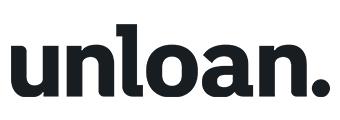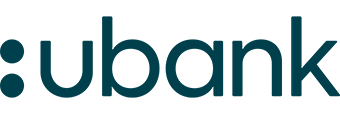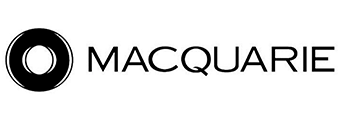This coincides with the Reserve Bank of Australia (RBA) making an unprecedented emergency cash rate cut to 0.25%, as well as a $90 billion Term Funding Facility (TFF) for authorised deposit-taking institutions (ADIs), taking place no later than 16 April.
In a joint statement on the $15 billion investment, Prime Minister Scott Morrison and Treasurer Josh Frydenberg said smaller lenders are critical to Australia's lending markets, providing competition and driving innovation.
"The government’s actions will enable customers of smaller lenders to continue to access affordable credit as the world deals with the significant challenges presented by the spread of coronavirus,'' they said.
Facilitated by the Australian Office of Financial Management (AOFM), the $15 billion will go into wholesale funding markets used by small banks and non-banks, buying assets such as residential mortgage backed securities (RMBS).
The Treasurer said the AOFM will also be able to invest in a range of other asset backed securities and warehouse facilities.
The $15 billion investment, which is expected to begin by April, nearly matches the $17.6 billion in stimulus measures announced for consumers last week.
Reserve Bank Governor Philip Lowe today welcomed the government's support for asset-backed securities via the AOFM.
"This support is important as it will help non-bank financial institutions and small lenders to continue to provide credit to Australian households and businesses."
Westpac chief economist Bill Evans said the $15 billion initiative parallels similar moves from the AOFM during the Global Financial Crisis.
"It will be of particular support to issuers of Mortgage Backed Securities," Mr Evans said.
On the $90 billion funding facility announced by the RBA, Mr Evans said it was 'pleasing' to see.
"ADIs will be able to obtain funding for up to 3% of existing outstanding credit," he said.
"The objective is to support small and medium sized business.
"ADIs will still be required to take on the credit risk associated with these facilities, but may consider switching more expensive facilities for existing borrowers into these facilities, providing a cash flow boost to small and medium sized businesses."
Looking for an owner-occupier home loan? Below are some variable home loans with the lowest interest rates in the market.
| Lender | Home Loan | Interest Rate | Comparison Rate* | Monthly Repayment | Repayment type | Rate Type | Offset | Redraw | Ongoing Fees | Upfront Fees | Max LVR | Lump Sum Repayment | Extra Repayments | Split Loan Option | Tags | Features | Link | Compare | Promoted Product | Disclosure |
|---|---|---|---|---|---|---|---|---|---|---|---|---|---|---|---|---|---|---|---|---|
5.54% p.a. | 5.58% p.a. | $2,852 | Principal & Interest | Variable | $0 | $530 | 90% |
| Promoted | Disclosure | ||||||||||
5.49% p.a. | 5.40% p.a. | $2,836 | Principal & Interest | Variable | $0 | $0 | 80% |
| Promoted | Disclosure | ||||||||||
5.64% p.a. | 5.89% p.a. | $2,883 | Principal & Interest | Variable | $250 | $250 | 60% |
| Promoted | Disclosure | ||||||||||
5.64% p.a. | 5.89% p.a. | $2,883 | Principal & Interest | Variable | $248 | $350 | 60% |
| Disclosure |
Australian banks punching above their weight
Today, the Australian Prudential Regulation Authority (APRA) also temporarily adjusted bank capital expectations.
'Common Equity Tier 1' capital reached $235 billion at the end of 2019, and many banks are maintaining capital levels above minimum requirements.
For the big four banks - ANZ, Commonwealth Bank, NAB and Westpac - there is a requirement ratio of at least 10.5% of risk-weighted assets.
For smaller banks, a lower ratio applies, but for the big four, their ratio has been 11.3% at the end of 2019.
APRA Chair Wayne Byres said the authority envisages banks may need to tap into their large buffers to facilitate ongoing lending.
“APRA has been pursuing a program to build up the financial strength of the system for many years, when banks had the capacity to do so," he said.
"As a result, the Australian banking system is well-capitalised by both historical and international standards.
“APRA’s objective in building up this capital strength has been to ensure it is available to be drawn upon if needed in times such as this.
"Today’s announcement reflects the underlying strength of the system: even if the banking system utilises some of its current large buffers, it will still be operating comfortably above minimum regulatory requirements."

Ready, Set, Buy!
Learn everything you need to know about buying property – from choosing the right property and home loan, to the purchasing process, tips to save money and more!
With bonus Q&A sheet and Crossword!





.jpg)